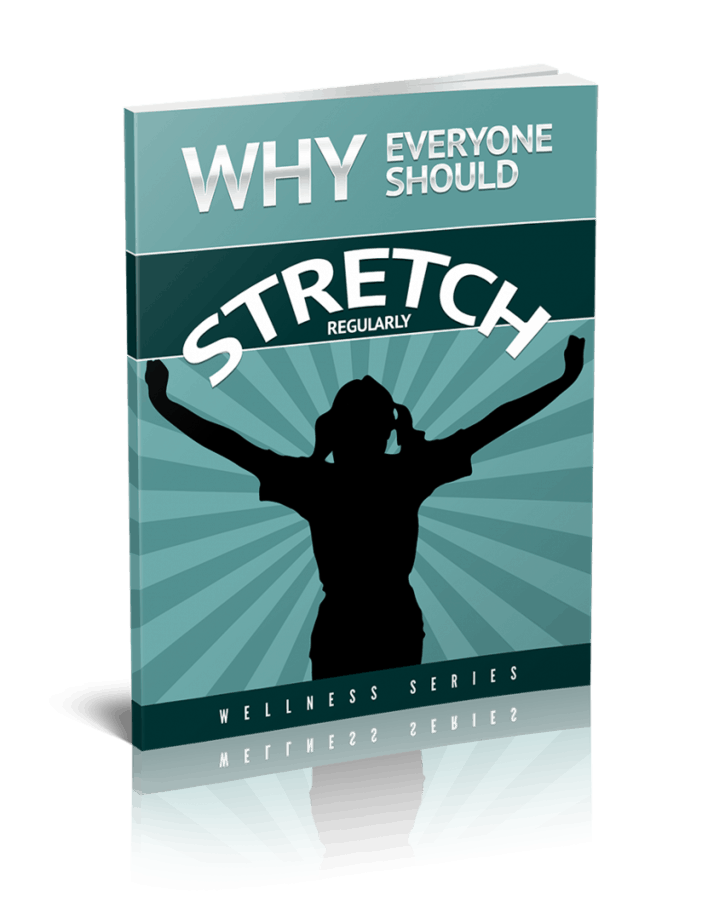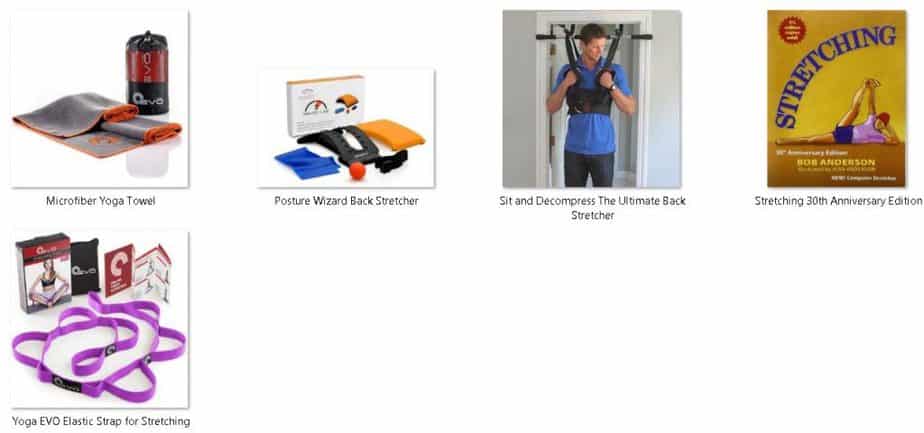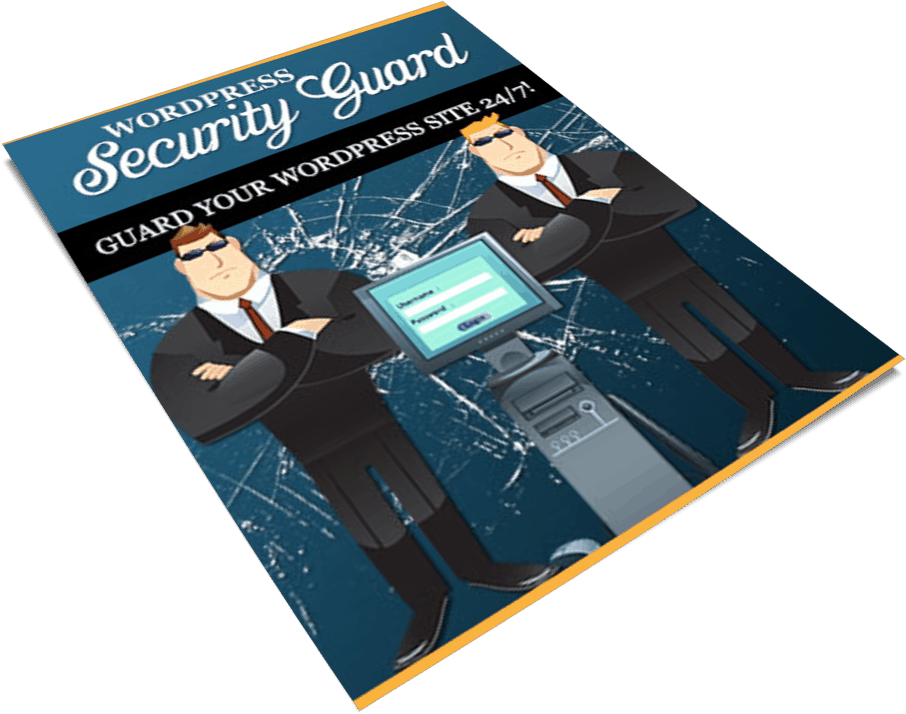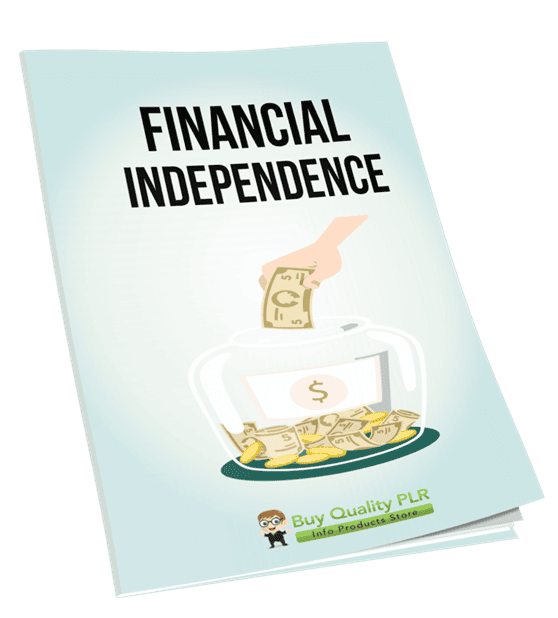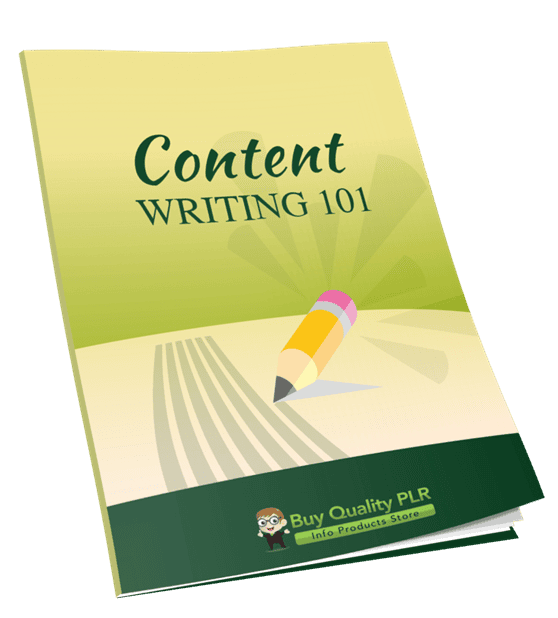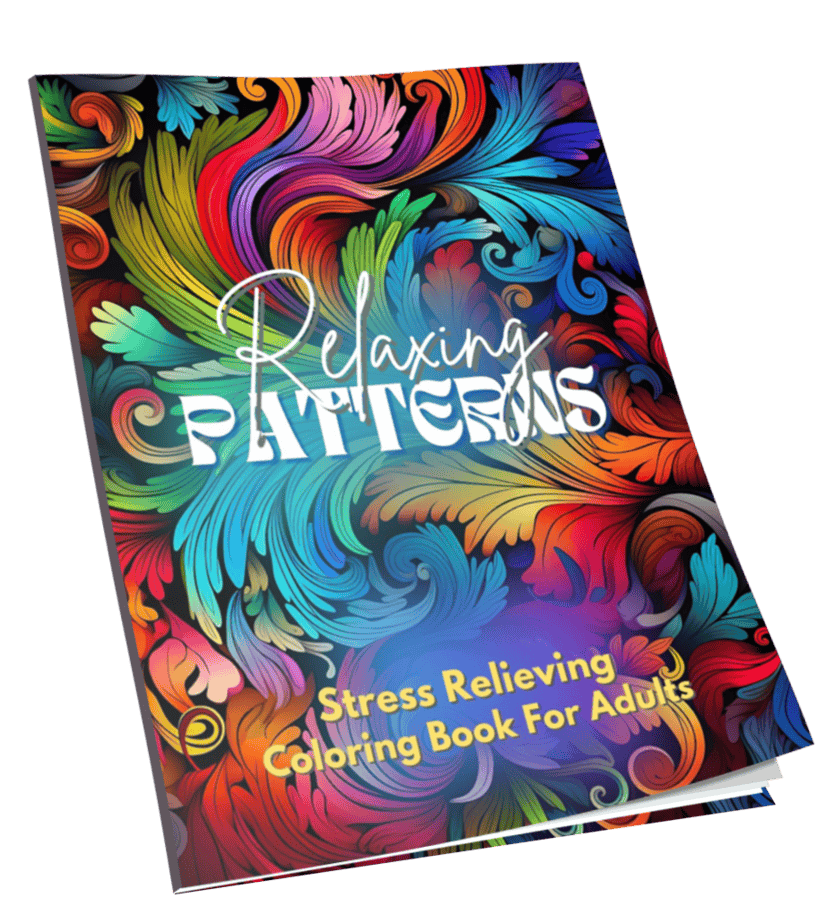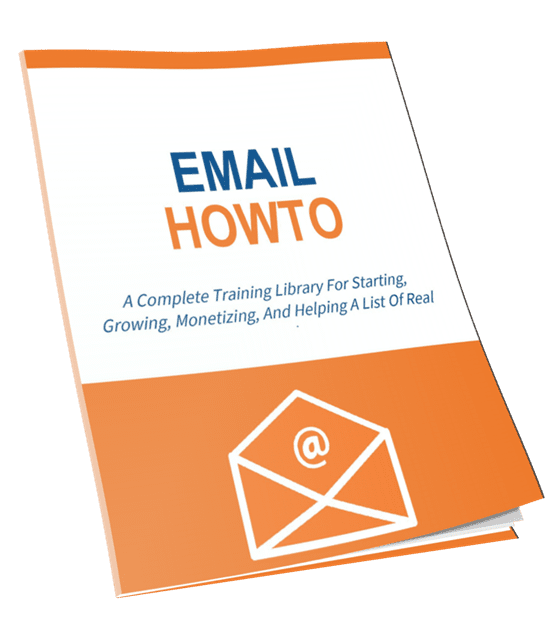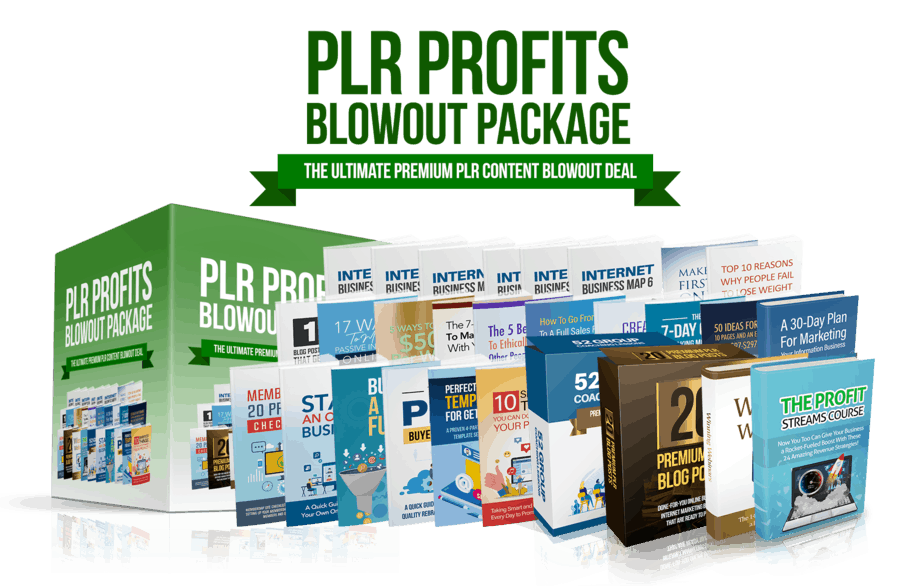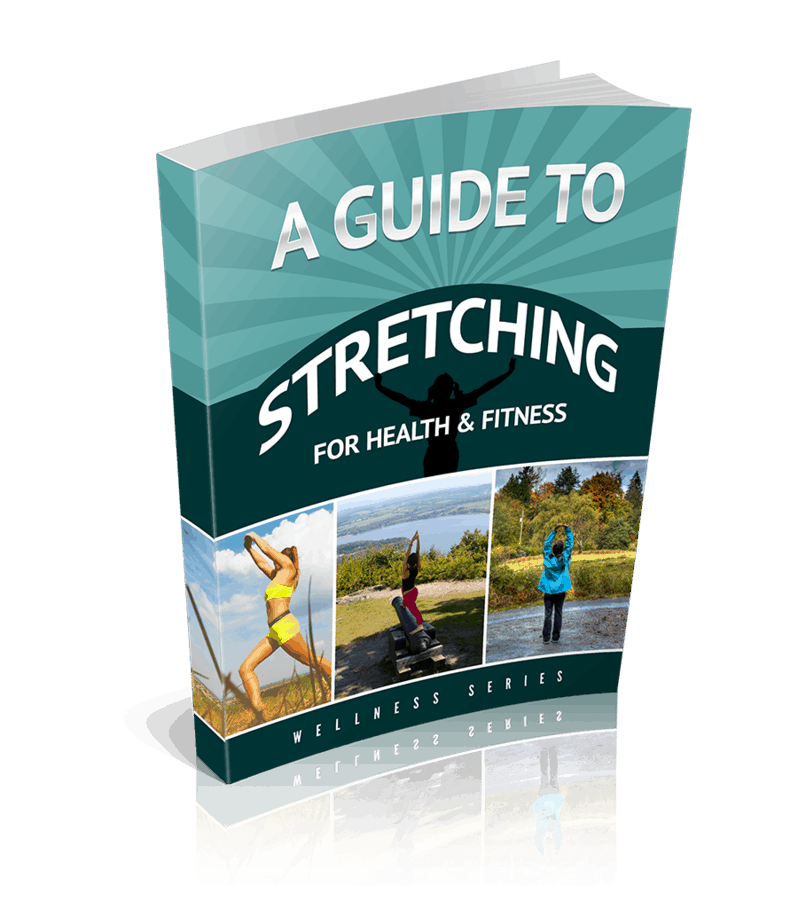
Stretching Premium PLR Package 32k Words
in Back Pain PLR Articles , Belly Fat PLR , Cardio PLR , Cardio PLR Articles , Confidence PLR , Confidence PLR Articles , Confidence PLR Ebooks , Courage PLR , Ebooks PLR Articles , Exclusive PLR , Exercise PLR , Fat Burning PLR Articles , Featured PLR Products From Our Store , Fitness Mindset PLR , Fitness PLR , Fitness PLR Articles , Fitness PLR Ebooks , Goal Setting PLR , Health Coaching PLR , Health PLR , Health PLR eBooks , Joint Pain PLR , Life Hacks PLR Articles , Lifestyle PLR , Mindset PLR , Mindset PLR Articles , Mindset PLR eBooks , Motivation PLR , Motivation PLR Articles , Natural Health PLR , Natural Health PLR Articles , Natural Remedies PLR , Natural Remedies PLR Articles , Niche Mega Packs , Pain PLR , Pain PLR Articles , Pain PLR Ebooks , PLR Article Packs , PLR Articles , PLR Autoresponder Series , PLR eBooks , PLR eCourses , PLR Graphics , PLR Lead Magnets , PLR List Building Reports , PLR List Building Reports , PLR Newsletters , Pre Written Autoresponder Messages , Premium PLR , Premium PLR Articles , Premium PLR eBooks , Premium PLR Packages , Premium PLR Reports , Private Label Rights Products , Running PLR Articles , Self Help PLR Articles , Self Help PLR eBooks , Self Improvement PLR , Self Improvement PLR Articles , Self Improvement PLR Ebooks , Senior Health PLR , Sports PLR , Stretching PLR Articles , Top Sellers , Walking PLR , Weight Loss PLR , Weight Loss PLR Articles , Weight Loss PLR Ebooks , Wellness PLR , Wellness PLR Articles , Wellness PLR eBooks , Womens Health PLR , Workout PLR , Workout PLR Articles , Workout PLR Ebooks , Yoga PLR , Yoga PLR Articles , Yoga PLR EbooksChoose Your Desired Option(s)
has been added to your cart!
have been added to your cart!
#stretching #stretchingplr #fitnessplr #stretchexercises #exerciseplr #stretchworkout #workoutplr #stretchtraining #backstretcher #stretchingtips #health #fitness #plrcontents #dfyebooks #dfyarticles #nichecontent #plrarticles
Stretching Premium PLR Package – Featuring Over 32 000 Words of Done-For-You Evergreen Health and Fitness Content.
Attention: Fitness and Exercise Entrepreneurs
Done for You Premium Health/Fitness PLR Product on a
EVERGREEN Topic:
Stretching For Health and Fitness!
Dear online business owner, When it comes to top Health and fitness searches, the Health/Fitness is one of the most searched-for topics online.
It’s safe to say that stretching for health and fitness has spawned an entire industry of blogs, health/fitness courses, and products.
This is where my premium done for you Stretching PLR Package comes in. Its all about teaching your customers the ultimate Guide to Stretching for Health & Fitness.
Everything is done for you – from the main health and wellness info product to your social media updates – its simply up to you to add your branding and firmly establish yourself in this lucrative health and fitness niche.
Introducing The…
Stretching Premium PLR Package
Featuring Over 32 000 Words of High Quality Stretching Content Ready To Be Used In Your Business!
This high quality Stretching PLR package covers the hugely popular health and fitness niche. Health and Fitness is evergreen and will always be. This Stretching PLR content package is well-written by an experienced copywriter and comes with full private label rights so you can edit it, put your name on it, put your brand on it and sell it and use it to build your list of raving fans.
Here’s everything you’ll get in the Stretching MEGA PLR Package…
Main eBook:”A Guide to Stretching for Health & Fitness”
(4,519 words, 19 pages, 9 images)
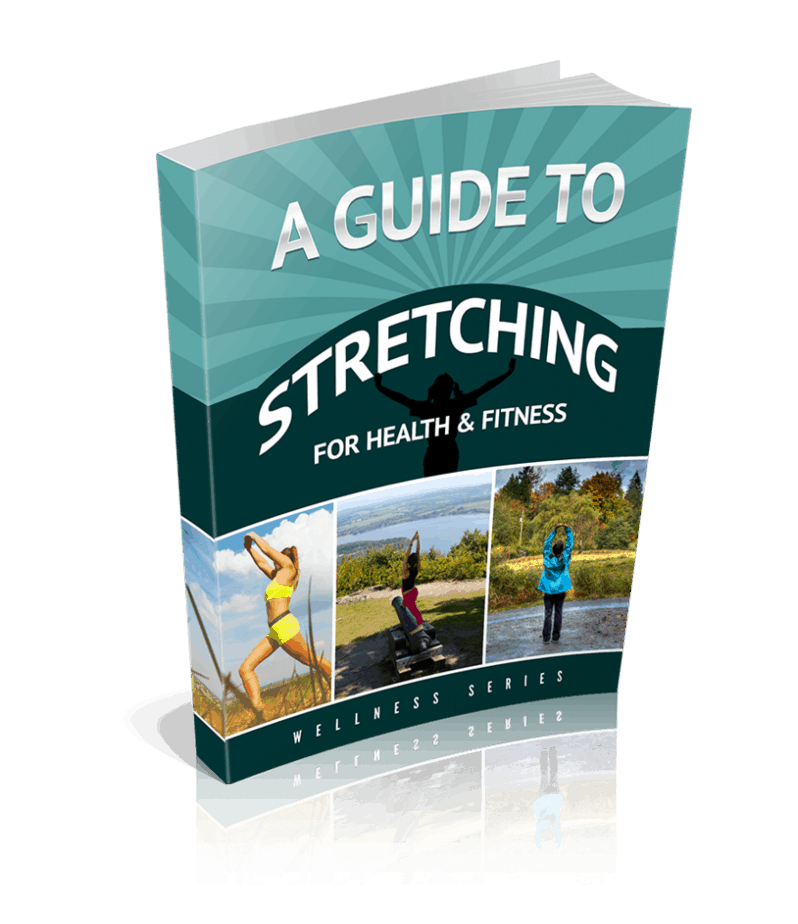
A look inside A Guide to Stretching for Health & Fitness Premium PLR eBook:

Table of Contents for A Guide to Stretching for Health & Fitness PLR eBook:
Introduction…………………………………………………………………….. 3
The Top Benefits of Stretching………………………………………….. 4
#1 Improved Blood Flow…………………………………………………… 4
#2 Improved Range of Motion……………………………………….. 4
#3 No More Back Pain…………………………………………………. 4
#4 Injury Recovery…………………………………………………… 5
#5 Injury Prevention……………………………………. 6
#6 Increase Stamina……………………………………. 6
#7 Improved Athletic Performance……………………………………. 7
#8 Reduced Workout Recovery Time……………………………………. 7
#9 More Energy and a Happier Outlook……………………………………. 7
Common Myths and Facts About Stretching……………………………………. 8
#1 Stretch Before You Work Out…………………………………… 8
#2 Stretch After You Work Out…………………………………… 9
#3 Don’t Bounce When You Stretch……………………………………. 9
#4 Active Versus Passive Resistance……………………………………. 9
#5 You Shouldn’t Stretch If You’re Injured……………………………………. 9
#6 You Should Stretch Three Times a Week……………………………………. 9
#7 Breathing During a Stretch……………………………………. 10
The Difference Between Stretching Before and After You Work Out……………. 11
Before Your Workout…………………………………… 11
After Your Workout…………………………………… 12
Stretching with an Injury……………………………………. 15
Stretching for Soreness…………………………………… 16
Stretches to Improve Flexibility……………………………………. 17
Conclusion……………………………………………………………………. 19
Sample Content for A Guide to Stretching for Health & Fitness PLR eBook:
Introduction
Stretching is one of those things that most of us know we should do, and yet few of us actually take the time to do it. Stretching is usually considered not as the first thing in the morning or before and after a workout, but rather when it’s too late and your body is telling you that it’s sore and stiff.
If you wait until your body is sore, stiff, and you have limited mobility then you’re missing the point of stretching. We stretch to prevent soreness, stiffness, and the shortening of tendons, muscles, and ligaments that leads to a reduced range of motion and mobility issues.
And contrary to popular belief, stretching isn’t just for athletes and dancers. Everyone should stretch and make mobility a part of their daily routine. Yes, athletes and fitness enthusiasts should stretch. So too should those who take a daily walk for exercise. Men, women, seniors, children – everyone should stretch.
In this report we take a look first at the benefits of stretching. You’re going to be surprised. it’s about much more than being able to touch your toes, from there we’ll talk about common stretching myths, and the difference between stretching before and after exercise. We’ll spend the bulk of this report talking about different stretches for different needs.
For example, stretching after an injury is different than stretching to reduce soreness. By the end of this report you’ll be able to put together your own stretching and mobility program designed to help you achieve your personal goals and needs.
So, let’s get started by talking about the benefits of stretching.
Note: The above content is just a snippet of the ebook.
has been added to your cart!
have been added to your cart!
Short Report:”Why Everyone Should Stretch Regularly”
(1,767 words, 10 pages, 6 images)
A look inside Why Everyone Should Stretch Regularly PLR Report:
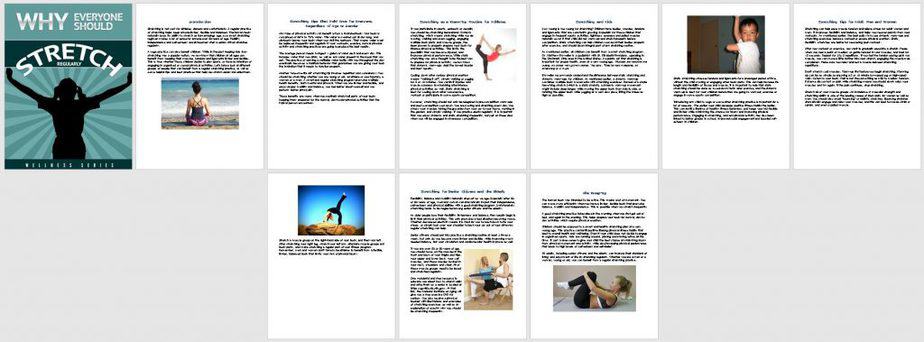
Product Reviews:
Microfiber Yoga Towel – 585 words
Posture Wizard Back Stretcher – 687 words
Sit and Decompress – The Ultimate Back Stretcher – 659 words
“Stretching: 30th Anniversary Edition†by Bob Anderson – 547 words
Yoga EVO Elastic Strap for Stretching – 661 words
Product Comparison Review:
Top 5 Back Stretchers – 1138 words
5 Emails/ Blog Posts:
Topic: How to Warm Up Properly Before a Workout
Email1-Myth or Fact You Should WarmUp Before a Workout – 283 words
Email2-How to Warm Up Properly and Avoid Injury – 297 words
Email3-How Not to WarmUp Before a Workout – 282 words
Email4-What Is a Dynamic WarmUp – 262 words
Email5-Why You Should Cool Down after a Workout – 339 words
Stretching Email Sample Content:
Why You Should Cool Down after a Workout
Hi,
The term “warm-up” in relation to workout prep refers to the idea that you should gradually increase your body temperature and slowly warm your muscles, ligaments and tendons before exercise. This practice has been proven to reduce the risk of injury, and increase physical performance.
You should also be “cooling down” your body gradually after working out as well. This means simply taking 10 minutes to jog slowly or walk after your workout. Raise your arms and clasp your hands behind your head. Breathe deeply.
Your heart is the hardest working muscle and organ in your body. You don’t think about it, but there is constant and unrelenting pressure on your heart to provide blood and oxygen to your entire body. Any dramatic increase or drop in the pressure on your heart to do its job properly can be bad for your entire cardiovascular system.
This is why it is very important to slowly increase how hard your heart has to work by warming up for working out. Just as important, cooling down helps gradually return your blood flow and blood pressure to a normal rate.
Contrary to popular belief, research in the early 21st century shows that cooling down after exercise probably does not assist in reducing muscle soreness or stiffness. However, it is vital for keeping your heart from experiencing a dramatic decrease in activity that could trigger a stress response in your body.
This is especially true for long distance runners, and those enjoying aerobic activity for an extended period of time.
In this email series on warm-ups, you learned why a dynamic system is better than static pre-workout preparation. You know what to do and what not to do during your warm-up to limit injuries and improve performance. You also know that cooling down is important. Now it is time to take action. Put these smart warm-up routines to work in your exercise schedule, and enjoy better results, and fewer injuries.
To your success,
YOUR NAME
High Quality Stretching PLR Articles:
3 Stretching Tips for Seniors – 591 words
4 Key Stretches for Walkers – 670 words
4 Stretches to Help Lower Back Pain – 629 words
5 Easy Stretches to Relieve Neck Pain – 670 words
5 Rules for Safe Stretching – 435 words
5 Stretching Practices to Relieve Stress – 437 words
5 Stretching Tips for Office Workers – 471 words
6 Key Stretches for Cyclists to Avoid Tight Muscles – 771 words
6 Key Stretches for Runners – 702 words
6 Key Stretches for Swimmers – 777 words
6 Stretching Mistakes People Make When Exercising – 736 words
Can Stretching Prevent Injury? – 497 words
How to Stretch with Bands – 521 words
How to Use Stretching as a Safe Part of Your Warmup – 439 words
The Benefits of Being More Flexible – 427 words
Should You Stretch Cold Muscles? – 404 words
Stretching Tips for Pregnancy – 420 words
Stretching Tips to Help You Do the Splits – 445 words
What is Dynamic Stretching? – 628 words
What is Static Stretching? – 402 words
Browse for more health and wellness PLR eBooks at BuyQualityPLR.com
Stretching PLR Article Sample:
5 Rules for Safe Stretching
Stretching increases the flexibility of muscles thus reducing the risk of injury. However, if not done properly, stretching itself can cause an injury. With these rules, your stretching can be both safe and effective.
1) Stretch warm muscles
Like a rubber band, muscles stretch and return to their neutral state better if they are warmed up first. This means stretching should be done after your pre-workout warm-up and before your post-workout cool-down. Some people tend to forego their warm-up routines and go right to stretching. Without a warm-up first, cold muscles are more susceptible to injury.
2) Do it slowly
You see it all the time at the gym. People extending their muscles to the fully extended position as fast as they can. This is called bouncing and is another way of pushing you into the injury danger zone by accidently extending a muscle farther than it was meant to stretch. The result? You guessed it – a sprain, strain or even major tear.
Instead slowly, gently and smoothly stretch the muscle just to the point where you feel tension in it. If dynamically stretching, hold the stretch for only 2 or 3 seconds before relaxing it; if stretching statically hold for up to 30 seconds.
3) Breathe normally
For some reason, people tend to hold their breath while in a stretch. This tightens up your muscles and is counterproductive to what you are trying to do – loosen things up. You will get more out of your stretching routine if you exhale on the stretch and inhale on the return. Yoga is good for stretching in that it also teaches you how to breathe properly when exercising.
4) Use the full range of motion
The purpose of stretching is to increase the flexibility of a muscle. To get the full benefit, it is necessary to slowly stretch the muscle out to the point of where you feel tension or mild discomfort, hold and return to its relaxed state. Not pushing it to its farthest point of extension does not derive the full benefit of doing a stretching program and will not result in getting full flexibility from that joint.
5) Stretch smart
Keep in mind there is not a standard stretching routine that will fit everyone needs. For example, a person with a shoulder injury will want to avoid shoulder stretches until the injured muscle is healed.
Stretching is the key to staying flexible and reducing the risk of injury, which can take you off your training program for a long time. Use these five rules to stretch safe while at the same time increasing flexibility.
has been added to your cart!
have been added to your cart!
Social Media Posts & Images:
5 Shareable Social Media Graphics (PLR)
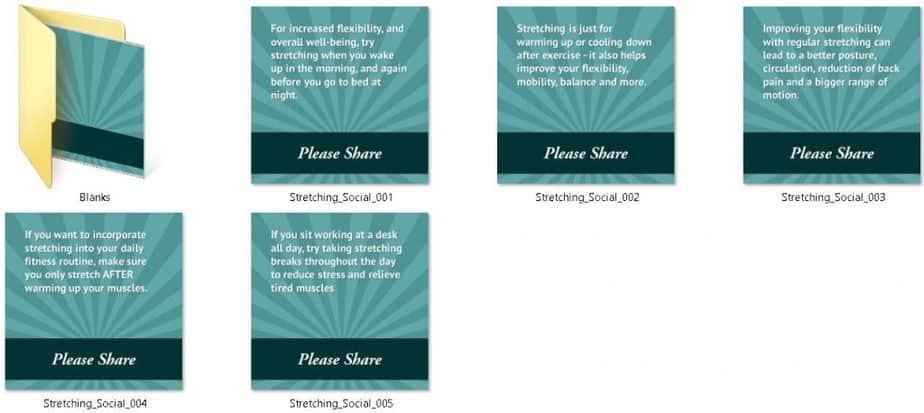
5 Shareable Social Media Inspirational Images

has been added to your cart!
have been added to your cart!
20 Social Media Posts (for sharing on Twitter or Facebook)
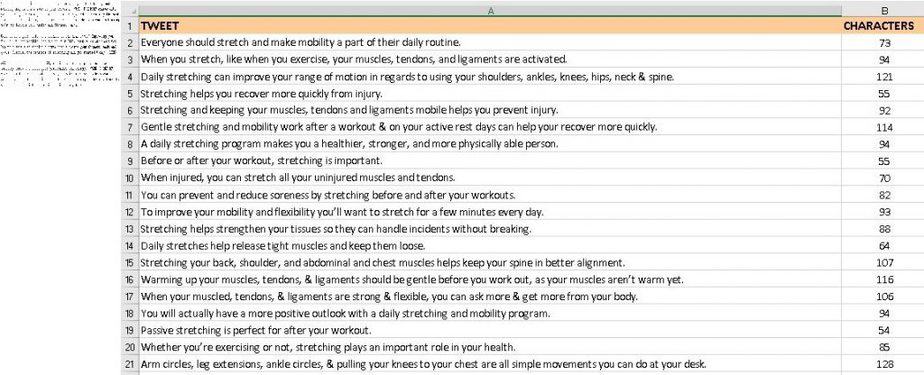
15 Royalty Free Images
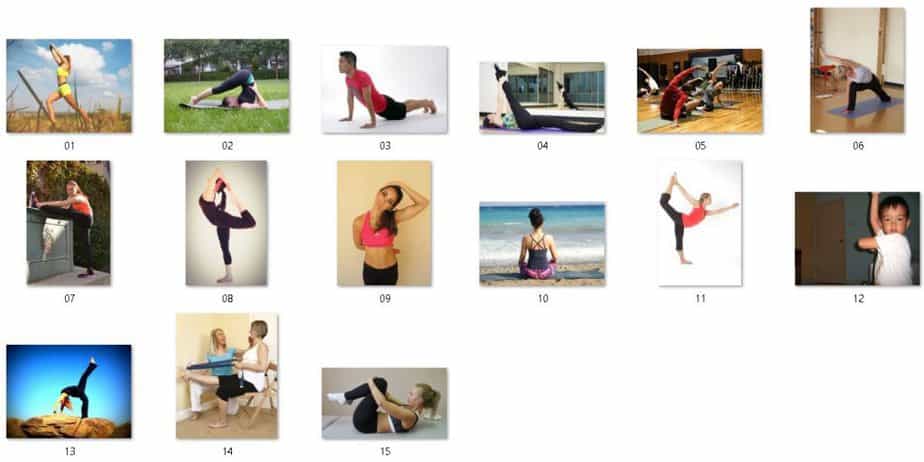
Images of All Products Reviewed
Stretching Keyword Research Pack

Bonuses:
Safe Stretching PLR Checklist (523 Words)
Comes in Word Doc and PDF Formats.
Safe Stretching PLR Checklist Article Sample:
Safe Stretching Checklist
You may have heard that it is advisable to stretch before exercising or playing sports. It is also a good idea to stretch a little after any physical exertion as well. This is because your body performs better, and you have a lower risk of injury, when you gradually prepare for exercise or other strenuous physical activity. That is what stretching does for you. Here are a few smart tips to keep in mind so you stretch the right way, and avoid overstretched ligaments and pulled muscles.
☐ Stretch a little bit every day. Don’t just wait for those days you are going to exercise or exert yourself physically. Stretching daily keeps your muscles, tendons and ligaments prepared for physical activity at any time.
☐ Stretching isn’t just just for athletes and exercise. It helps everyone, especially the aged and elderly, improve their flexibility, balance and mobility, making normal daily activities easier to accomplish and more enjoyable.
☐ Stretching before you exercise or play sports lets your mind know what is about to happen, as well as preparing your body.
☐ Don’t stretch the same way every time. This can cause injuries, as routine and boredom lead to poor stretching practices.
☐ Breathe normally when you stretch. Don’t focus on your breathing, just on your stretching exercises.
☐ Sustained stretches should not be held for longer than 15 or 20 seconds. Overstretching causes muscles to contract and tear.
☐ Never stretch to a level where you are more than mildly uncomfortable. If your muscles feel comfortable, increase the stretch a little, hold it, then release.
☐ You may have heard the saying “No Pain, No Gain” associated with exercising or working out. This is not true when stretching. If you feel pain when you are stretching, stop.
☐ Stretch opposing muscle groups in succession. Stretch one side of your body, then the other. After stretching the muscles in the backs of your legs, stretch the front, etc.
☐ If it has been a long time since you have stretched, exercised or worked out, get some stretching advice from a personal trainer or physical fitness instructor.
☐ An easy way to avoid injuries from stretching is to walk for 10 or 15 minutes at a medium pace before stretching.
☐ Stretching improves flexibility, boosts your circulation, promotes a healthy heart and improves physical performance. You should be stretching regularly throughout the day, whether you plan on being physically active or not.
☐ A stretching session should last for 10 to 20 minutes, no longer.
☐ Don’t bounce when you stretch! This is called ballistic stretching, and usually does more harm than good because it causes muscles to shorten. The only exception is if you are about to engage in a short burst of highly intense physical activity, such as sprinting.
☐ Instead of simply stretching, try stretching routines such as yoga and tai chi. Those two fitness practices reduce anxiety and muscle tension, as well as lower your blood pressure.
☐ Stretching after your workout, and then enjoying a walking “cool down”, promotes flexibility and keeps your muscles from cramping up.
5 High Quality Natural Remedies For Joint Pain PLR Articles
4 Easy Exercises for Painful Joints (820 words)
4 Home Remedies to Battle Joint Pain (760 words)
Acupuncture for Painful Joints (616 words)
Soothing Your Mind to Soothe Joint Pain (982 words)
Hot & Cold Therapy for Painful Joints (623 words)
Comes in .TXT and Word Doc Format and includes PLR License.
5 High Quality Natural Remedies For Joint Pain PLR Article Sample:
4 Easy Exercises for Painful Joints
If you stopped to look at the structure and joints in your body, you’d realize what a wonderous thing it really is. We are upright and bipedal because of intelligent knee and foot joints; we can do a huge variety of tasks because we have opposable thumbs, and we can express ourselves to be clearly understood because of our jaws.
Many of these functions become difficult or even impossible if you have an inflammatory joint disease. It seems counterintuitive, but if you have painful joints, you have to work exercise into your daily routine. It increases energy levels, strengthens muscle, keeps your bones strong and your weight under control.
1. Walking
Walking is quite possibly the world’s most underrated exercise. If you spend some time planning your routes, walking can be relaxing and highly enjoyable. It’s good for your bones and your leg muscles, and you can take things at your own pace.
If you’re just starting out with any kind of exercise, just do what you can manage. Do not, under any circumstances, push yourself beyond your limits. If you think you can manage 5 minutes of walking, then just stick to that. Do it for 3 days to a week and then add another 2-5 minutes. Keep at it till you reach 30 minutes a day for 3-5 days a week.
You may want to get an activity tracker like a Fitbit to help monitor your progress. You’ll be surprised at how motivating this can be.
Another point of great importance is this: if your joints are extremely inflamed and painful, do not push through the pain. Forego exercise till you are better.
2. Water workouts
This is the perfect exercise if you have significant joint pain. If you see a physiotherapist regularly, ask him or her if they know someone who does hydrotherapy. This is supervised therapeutic exercise in water.
Hydrotherapy is usually done in a gently heated pool, sometimes with saltwater. In the beginning, all you’ll do is probably walk across the pool, chest-deep. This seems easy – and often is – but you get a wonderful, manageable workout for your body, while being kind to your sore joints. The water makes your body feel lighter so there’s a lot of good you can achieve through hydrotherapy.
Again, be careful not to overdo it. Because you feel lighter, you may be tempted to do more than is prescribed by your therapist. Don’t. Your joints will pay a heavy price if you move too fast too soon.
- Therapeutic Pilates
While we’re on the subject of supervised exercise, you may want to look for a practitioner who does therapeutic Pilates. This has all the benefits of regular Pilates like stretching your muscles, increasing your range of motion, being gentle on the joints improving posture and mobility.
The difference is that therapeutic Pilates is usually custom-designed for each client. Also, the reformers you use will have many more support and safety features than a regular reformer.
It’s important that you are comfortable with the therapist and the exercises he or she has designed for you. If you experience pain after a session, tell them immediately. They should implement change to the routine to prevent further pain. Also, they should have a good grasp of how much exercise you can take. If you feel you are being pushed beyond your limit, find another therapist.
- The chair stand
This is a good one if you spend most of your day sitting in front of the computer. Firstly, ensure you have a good chair for work. If you have painful joints, you’re very likely to also suffer from backaches. Sore joints throw your posture out of kilter which takes a toll on your back.
Consult an occupational therapist to get the chair that is right for you.
To do the chair stand, you need a work chair with arms. Bring your own arms to the side while widening your shoulders and chest. Push down on the ground with your feet and stand, keeping your knees slightly bent. When you sit, let the back of your thighs (just below the buttocks) just touch the seat. Don’t sit completely.
You want to achieve a controlled movement of sitting and standing. This is a good exercise for your legs, so make sure you are pushing down with your feet – and not your arms – to stand and sit.
The thought of exercising when you’re in any kind of pain can be overwhelming, even frightening. The secret lies in the first step. If you need to, start with just two minutes of outdoor walking a day.
Feel the achievement. Recognize that you overcame physical and mental hurdles to get some exercise. Do this every time you work out, even if it’s for a very short time. 2 minutes is infinitely better than nothing.
Before long, exercise will lose its long, dark shadow and you’ll be looking forward to your daily routine of strengthening your body.
10 Top Quality Muscle PLR Articles V2
Why Calories Aren’t a Good Metric – 502 words
Compound Exercises: The Fundamentals of Good Muscle Building – 464 words
Your First Three Months at the Gym – 474 words
Four Common Muscle-Building Myths – 516 words
How Rest Periods Affect Muscle Growth – 466 words
Identify Your “Why” to Build Inner Motivation – 461 words
The Best Foods for Building Muscle – 478 words
The Truth about Muscle-Building Supplements – 494 words
Three Diet Tips for Serious Muscle Builders – 463 words
What It Takes to Develop Six Pack Abs – 501 words
Comes in .TXT format and includes PLR License.
10 Top Quality Muscle PLR Article Sample:
Four Common Muscle-Building Myths
Bodybuilding is a field that’s often flooded with a lot of conflicting advice. While conflicting advice can sometimes have two right answers, very often the advice that’s given is just plain wrong. In this article, we’ll expose four of the most common muscle-building myths.
==> Myth #1 – Eat More If You Want to Build Muscle
One common myth is that if you’re skinny and want to gain muscle, you need to consume a lot of calories. Unfortunately, this is more likely to get you fat than get you built.
Yes, if you want to gain muscle mass you do need to eat a few more calories than you’re burning. But you don’t need to consume 2,000 more calories than you’ve been eating in the past.
Eat more food, but don’t stuff your body with calories. It’s not healthy and won’t help get you where you want to go.
==> Myth #2 – You Should Tense Your Abs When Lifting Weights
Another common myth is that tensing up your abs when you’re lifting weights will help give your spine more support, thereby reducing the likelihood of injury.
This myth stemmed from a research study that was conducted, showing that people who had back pain tended to have lax abdominal muscles. They concluded that by tensing up the ab muscles, back support was increased which reduced back pain.
This story spread among the bodybuilding community and has come to be accepted as fact today. Unfortunately, it’s just plain wrong.
In reality, your body naturally knows what to do when it’s lifting heavy objects. Yes, you do need to tense up your abs – but your body does that automatically already. If you tense up your abs even more manually, you can throw off the whole system and actually increase your chances of injury.
==> Myth #3 – The Trick Is to Eat a Lot of Protein
Yes, eating a lot of protein is crucial. However, just increasing the amount of protein you eat isn’t going to cut it.
In order to really make a difference in your muscles, you need to have the right kinds of proteins. You also need to have the right combination of proteins; and you need to eat other foods that support that protein intake.
Yes, increasing proteins is important – but it’s not the magic pill.
==> Myth #4 – The Path to Losing Fat is Not Eating Fat
Finally, a lot of people who decide to start building muscles decide that they need to cut all fats out of their diet. Unfortunately, this is actually harmful rather than helpful.
Your body needs fats in order to operate properly. Yes, you should definitely get rid of trans fats and oily foods, but it’s important to keep consuming healthy fats so your body has the resources it needs to work properly.
You can actually lose more fat by eating enough of the right kinds of fat than if you tried to cut out all fats from your diet.
These are four of the most common myths in bodybuilding today.
Grab All of the Above at a BIG Discount Today!
has been added to your cart!
have been added to your cart!
Wait! I Forgot to mention…BONUSES!!
For the first 50 buyers of this Stretching Premium PLR Package, if you grab this PLR deal right now, you’ll also get these FAST-ACTION BONUSES for a limited time only!
Bonus 1
25 Unrestricted Senior Fitness PLR Articles Pack

View full product details here ->>>
Here are the titles of the 25 Senior Fitness Articles:
1. Activities for Seniors Should Aim for Physical Fitness
2. Benefits of Chair Yoga – Part 1
3. Benefits of Chair Yoga – Part 2
4. Benefits of Chair Yoga – Part 3
5. Benefits of Chair Yoga – Part 4
6. Chair Yoga
7. Exercise Training For Golf Will Do Wonders
8. Exercises You Can Do In Your Chair
9. Fitness For Golf Is A Must For Senior Golfers
10. Flexibility Exercise For Golf
11. Golf Flexibility Is A Key Component For Senior Golfers
12. Golf Strength Exercises…Can You Benefit From Them
13. Health And Fitness For People Above 50
14. Mini Guide To Safer Senior Fitness
15. Senior Companion Franchising Opportunities
16. Senior Exercise
17. Senior Exercise For Golf Prolongs Golfing Life
18. Senior Fitness
19. Senior Golfers Can Still Play Great Golf. Do You Want To Know How
20. Senior Golfers Increase Swing Speed
21. Starting A Fitness Program For Seniors
22. Stay Young Through Exercise
23. Stretching For Golf Isn t What You Think
24. Try Going For A Walk!
25. What do you need to know about senior s health
26. Why Swimming is the Perfect Exercise for Seniors
Bonus 2
10 High Quality Stretching For Seniors PLR Articles Pack

View full product details here ->>>
Here are the titles of the 10 Stretching For Seniors Articles:
- Structuring a Stretching Routine for Seniors (538 words)
- Common Mistakes and Misconceptions about Flexibility in Seniors (593 words)
- Discover How Seniors Can Benefit from Regular Stretching (534 words)
- 8 Unwritten Rules of Stretching That Every Senior Should Know (537 words)
- Tips for Seniors to Assess their Flexibility (578 words)
- Stretching for Seniors: 4 Different Methods of Stretching (686 words)
- Stretching for Seniors: The Neck, Shoulders and Wrist (551 words)
- Stretching for Seniors: The Torso and Back (532 words)
- Stretching for Seniors: The Hips, Glutes and Legs (604 words)
- 6 Stretches Seniors Should Do Before Bed (540 words)
Bonus 3
Simple Stretching For Seniors Sales Funnel with Master Resell Rights
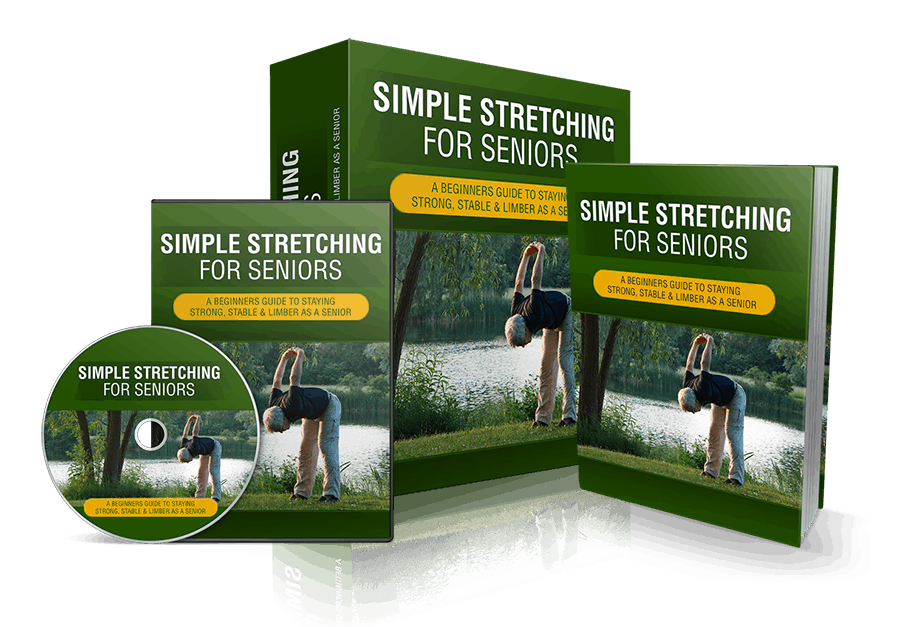
View full product details here ->>>
Package Details:
- Ebook
- Ecovers
- Salesletter
- Promo Banners
- Articles
- Report
- Keywords
Bonus 4
10 High Quality Fitness Tips For Seniors PLR Articles Pack
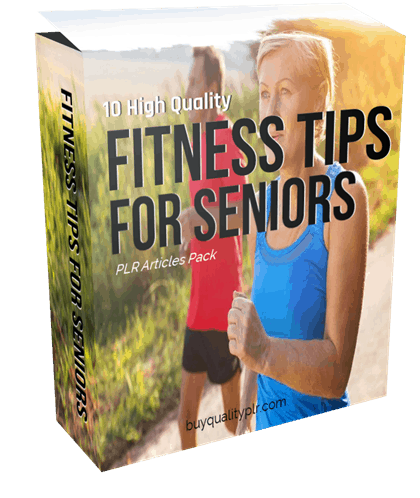
View full product details here ->>>
Here are the titles of the 10 Fitness Tips For Seniors Articles:
- The Importance of Core Training for Seniors (587 words)
- Discover Why Walking is One of the Best Exercises for the Elderly (553 words)
- Resistance Training: 5 Ways Seniors Will Benefit from It (533 words)
- Will Seniors Benefit from Fasted Cardio? (586 words)
- Benefits of Yoga for Seniors (594 words)
- 8 Ways Seniors Can Get More Active (677 words)
- How Often Should Seniors Exercise? (562 words)
- Progressive Training to Increase Fitness in Seniors (595 words)
- 4 Weight Loss Tips for Seniors (604 words)
- Stretching for Seniors: What You Need to Know (520 words)
Bonus 5
25 Unrestricted Exercise PLR Articles Pack

View full product details here ->>>
Here are the titles of the 25 Exercise Articles:
- Eating And Exercise
- Exercise And Asthma
- Exercise And Harm
- Exercise And Play
- Exercise And Sleeping Better
- Exercise And Stress
- Exercise And Your Complexion
- Exercise As Power Source
- Exercise At Home Or Gym
- Exercise Back Pain Away
- Exercise Balls
- Exercise Bikes
- Exercise For Diabetics
- Exercising During Pregnancy
- Exercising Properly
- Free Weights VS Machine Exercise
- Making Exercise More Fun
- Quit Smoking With Exercise
- Reasons To Exercise
- Water And Exercise
- Alcohol And Exercise
- Buying An All In One System
- Cardio Exercise
- Children And Exercise
- Choosing The Right Exercise For You
Remember these FAST-ACTION BONUSES will go away soon, so get the best deal by jumping off the fence and secure your bonuses while they’re still available!
has been added to your cart!
have been added to your cart!
Package Details For The Stretching Premium PLR Package:
Main eBook:
“A Guide to Stretching for Health & Fitness”
(4,519 words, 19 pages, 9 images)
Short Report:
“Why Everyone Should Stretch Regularly”
(1,767 words, 10 pages, 6 images)
Product Reviews:
Microfiber Yoga Towel – 585 words
Posture Wizard Back Stretcher – 687 words
Sit and Decompress – The Ultimate Back Stretcher – 659 words
“Stretching: 30th Anniversary Edition†by Bob Anderson – 547 words
Yoga EVO Elastic Strap for Stretching – 661 words
Product Comparison Review:
Top 5 Back Stretchers – 1138 words
5 Emails/ Blog Posts:
Topic: How to Warm Up Properly Before a Workout
Email1-Myth or Fact You Should WarmUp Before a Workout – 283 words
Email2-How to Warm Up Properly and Avoid Injury – 297 words
Email3-How Not to WarmUp Before a Workout – 282 words
Email4-What Is a Dynamic WarmUp – 262 words
Email5-Why You Should Cool Down after a Workout – 339 words
Stretching PLR Articles:
3 Stretching Tips for Seniors – 591 words
4 Key Stretches for Walkers – 670 words
4 Stretches to Help Lower Back Pain – 629 words
5 Easy Stretches to Relieve Neck Pain – 670 words
5 Rules for Safe Stretching – 435 words
5 Stretching Practices to Relieve Stress – 437 words
5 Stretching Tips for Office Workers – 471 words
6 Key Stretches for Cyclists to Avoid Tight Muscles – 771 words
6 Key Stretches for Runners – 702 words
6 Key Stretches for Swimmers – 777 words
6 Stretching Mistakes People Make When Exercising – 736 words
Can Stretching Prevent Injury? – 497 words
How to Stretch with Bands – 521 words
How to Use Stretching as a Safe Part of Your Warmup – 439 words
The Benefits of Being More Flexible – 427 words
Should You Stretch Cold Muscles? – 404 words
Stretching Tips for Pregnancy – 420 words
Stretching Tips to Help You Do the Splits – 445 words
What is Dynamic Stretching? – 628 words
What is Static Stretching? – 402 words
Social Media Posts & Images:
5 Shareable Social Media Tips Images
5 Shareable Social Media Quote Images
20 Social Media Posts (for sharing on Twitter or Facebook)
+ 3 bonus bylines for article marketing or guest blogging
15 Royalty Free Images
Images of All Products Reviewed
Bonuses:
Safe Stretching PLR Checklist (523 Words)
Comes in Word Doc and PDF Formats.
5 High Quality Natural Remedies For Joint Pain PLR Articles
4 Easy Exercises for Painful Joints (820 words)
4 Home Remedies to Battle Joint Pain (760 words)
Acupuncture for Painful Joints (616 words)
Soothing Your Mind to Soothe Joint Pain (982 words)
Hot & Cold Therapy for Painful Joints (623 words)
Comes in .TXT and Word Doc Format and includes PLR License.
10 Top Quality Muscle PLR Articles V2
Why Calories Aren’t a Good Metric – 502 words
Compound Exercises: The Fundamentals of Good Muscle Building – 464 words
Your First Three Months at the Gym – 474 words
Four Common Muscle-Building Myths – 516 words
How Rest Periods Affect Muscle Growth – 466 words
Identify Your “Why” to Build Inner Motivation – 461 words
The Best Foods for Building Muscle – 478 words
The Truth about Muscle-Building Supplements – 494 words
Three Diet Tips for Serious Muscle Builders – 463 words
What It Takes to Develop Six Pack Abs – 501 words
Comes in .TXT format and includes PLR License.
Total Word Count: 32 000+ Words
FAST-ACTION BONUSES – Available for the first 50 buyers of this Stretching PLR Package. You’ll no longer see these awesome extra bonuses available on this page once the 50 fast action takers have been awarded.
has been added to your cart!
have been added to your cart!
Your PLR License Terms
Articles, reviews, comparison charts and all other content from BuyQualityPLR.com Premium Report Packages are for you only – you cannot pass on any rights to anybody else.
More information on the PLR rights that come with your purchase:
What You CAN Do With The Content In This PLR Package:
Can be added to or edited completely.
Can put your name on as the author.
Can be used as content for websites, courses, newsletters, eBooks.
Can be used in videos, MP3s, books.
Can sell or give away for personal informational use only.
Can add the content to your coaching membership site
Can add the content to a paid membership with Personal Use Rights (PDF).
Can be offered as a bonus in PDF format (as long as you don’t offer PLR rights).
Can add to a website that is sold with a unique domain name (no templates/ PLR sites) as long as you don’t offer PLR rights.
Can rewrite and add the articles to client websites and projects.
Can use the content to build your list (PDF format)
What You CANNOT Do With This Content
Cannot sell or give away Resale Rights, Master Resale Rights or Private Label Rights.
Cannot offer through auction websites or dimesales with PLR rights.
Cannot add to a free membership site in any format with PLR rights.
Cannot pass on any PLR rights to your clients.
Cannot use my name on the PLR content.
Cannot use as is to publish Kindle books (it’s against Amazon’s terms).
Cannot use in article directories unless you rewrite completely.
Cannot pass along (sell or give away) Private Label Rights in ANY format.
Cannot sell this entire PLR package as is
Cannot add this package to a PLR membership site (only the ebook with personal use rights)
This license is non transferable. Meaning this PLR license is for you only and not for your customers.
Your customer can only learn from the content.
You can use PLR articles on as many of your own sites as you wish.
Can It Be Used For Website Flipping? If you add this PLR to a site and decide to sell it, that’s fine. But it can only be sold on sites that come with a unique domain name (i.e. not on PLR website packs that include templates/content sold to multiple buyers but no domain) and please don’t include the separate package with all the keywords/ bonuses.
—————
IMAGE LICENSE
—————
Social media images may be edited using the PSD files, and you may repost them on social media sites but you cannot sell or pass on the PSD files to customers.
The images contained within the main report and top 10 tips report are Public Domain and free to use in personal and commercial projects.
Share Now!

